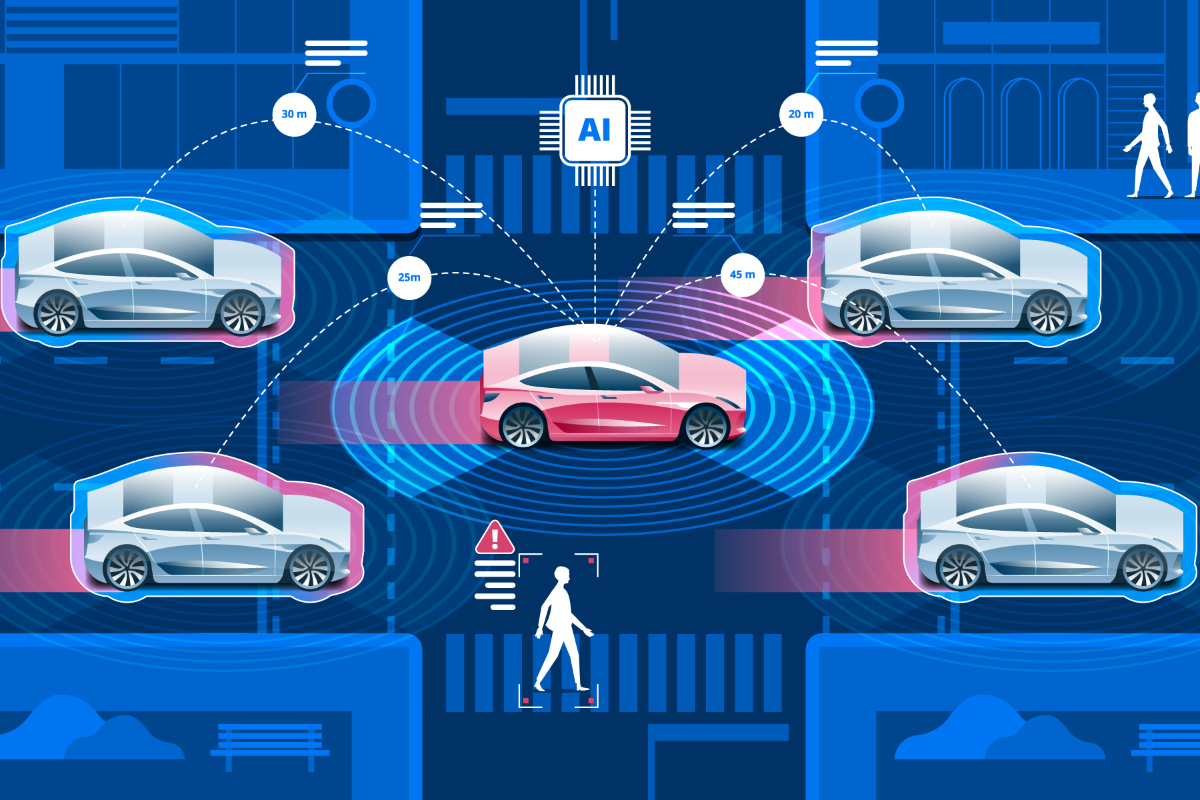Darsazma News Hub
Your go-to source for the latest news and insightful information.
Traffic Jams: The New Hitchhiker's Guide to the Driverless Era
Explore the future of travel in Traffic Jams: The New Hitchhiker's Guide to the Driverless Era. Buckle up for a wild ride!
The Future of Commuting: How Traffic Jams Will Transform in a Driverless World
As we look towards the future of commuting, it is inevitable that the advent of driverless vehicles will transform the way we navigate our roads. Traffic jams, a common nuisance in urban areas, could become less frequent as autonomous technology and smart traffic management systems work in tandem to optimize vehicle flow. Utilizing real-time data and advanced algorithms, self-driving cars will be able to adjust their speeds and routes dynamically, easing congestion and improving travel times. A study conducted by the National Highway Traffic Safety Administration suggests that, with widespread adoption, we could see a significant reduction in both the frequency and severity of traffic jams.
Moreover, the integration of driverless vehicles will likely lead to a shift in urban planning and public transportation systems. As personal car ownership decreases, city planners may prioritize shared automated services that reduce the number of vehicles on the road. This transition could promote more sustainable commuting options, such as cycling and walking, as cities become less reliant on single-occupant vehicles. Communities may also witness the development of multi-modal transport hubs, fostering a seamless travel experience that diminishes the impact of previous traffic congestion, ultimately leading to more efficient and enjoyable commutes.

Navigating the Revolution: What to Expect from Traffic in the Era of Autonomous Vehicles
The era of autonomous vehicles is upon us, heralding a significant shift in how we navigate our roads. With the advent of self-driving technology, we can expect a transformation in traffic patterns and urban infrastructure. Studies suggest that autonomous vehicles could reduce traffic congestion by optimizing driving behavior through real-time data analysis and communication between vehicles. As these vehicles become more prevalent, urban planners will need to rethink road designs, integrating interconnected smart technologies that enhance efficiency and safety.
Moreover, the impact on traffic will not be limited to vehicle volumes alone; autonomous vehicles are likely to change the very nature of car ownership and ride-sharing networks, as highlighted in a report by the World Economic Forum. Increased availability and accessibility are expected to lead to higher demand for public transport and shared rides, consequently altering the dynamics of urban mobility. Stakeholders from governments to businesses must prepare for these changes and consider how regulatory frameworks will adapt to promote a smooth transition into this new traffic landscape.
Are Traffic Jams Obsolete? Exploring the Impact of Driverless Technology on Congestion
As urban populations continue to grow, the question of whether traffic jams are becoming obsolete arises, particularly with the advent of driverless technology. Self-driving cars are designed to optimize traffic flow by communicating with one another, reducing the likelihood of sudden stops and starts that often contribute to congestion. A study published by ScienceDirect suggests that the implementation of coordinated autonomous vehicles could cut down traffic delays significantly, as these vehicles maintain consistent speeds and distances.
Moreover, the integration of smart traffic management systems alongside driverless technology offers a comprehensive solution to congestion issues. By utilizing real-time data collected from vehicles and infrastructure, these systems can adapt to changing conditions, rerouting traffic and optimizing signal timings. According to Forbes, the combined use of AI and driverless cars could potentially lead to a 40% reduction in traffic congestion, marking a significant shift in how we navigate our urban landscapes.